|
Cascais has a new route to explore: The Rota do Ocidente (Western Route) is a nature trail with a set of unique and authentic experiences with minimal impact on ecosystems. Among these experiences are the overnight stay in glamping and premium meals made with local products.
Crossing the Sintra-Cascais Natural Park, with its heart at the Quinta do Pisão, the Rota do Ocidente connects the coastline with the interior of the mountain range and presents itself as a conduit for the discovery of a unique territory. About the Rota do Ocidente
The Rota do Ocidente has a total of 50 kilometers, between Cascais (departing from the Ecocabana at the entrance to Marechal Carmona park in central Cascais) to the Santuário da Peninha, passing by the coast, mountain villages of Cascais such as Malveira and Almoinhas Velhas, and back to Cascais.
The Rota do Ocidente allows for a very personal experience, divided over three days and two nights, where each one becomes part of this immense natural heritage. The idea of the Rota do Ocidente is based on the possibility of making a low impact visit to the Sintra-Cascais Natural Park, with support that favors safety and comfort. This is the case of parking areas, maps or informational panels, or service packages for overnight glamping (tents set up and dismantled without harming nature), food with products directly from the garden, transport by ebike, on horseback or with the support of donkeys, activities such as tree climbing, bird or star observation, and workshops, for example, for the production of essential oils. The actions planned to streamline the route prepare, requalify and benefit the areas through which the route itself passes. In addition to ensuring a good experience for the visitor in terms of safety and comfort, it also provides unforgettable experiences on a unique journey in communion with nature. Glamping and Local Produce
Alternative visitation models include not only walking trails, but also packages of experiences and interpretation of environmental heritage, material or immaterial.
For example, it is possible to hire services such as hiking in the company of the woolly donkeys of Quinta do Pisão, or book a glamping experience, that is, camping in the middle of nature with all the glamor of a hotel, and having premium meals made with local products… All options with a huge potential to attract qualitative tourism. If you are visiting Sintra or have friends on their way, do everyone a real favour and ask them to leave their car at home. Parking is expensive and sparse and the old streets were not designed with vehicles other than horse carriages in mind. Sintra: a UNESCO World Heritage site, one of the most attractive royal towns in Portugal and certainly one of the most popular destinations.
When the monarchs first put Sintra on the map, in their bid to escape the summer heat of Lisbon, cars were not even a distant dream - today they can be a real world nightmare in the town center. If you are visiting from Lisbon for the day, consider taking a train to Sintra and going on foot instead of driving. If walking is not your favorite thing, you can always take the 434 bus to visit the beautiful Pena Palace and Moorish castle. Be warned that in summer time the 434 bus queue can be such that some visitors have to wait for the next bus. Without any doubt though, the most environmentally conscious way to explore is on foot. But the most enjoyable way to cover the distance between the parks and palaces is by bicycle! With an electric assisted E-bike, you get the all the fun and freedom of cycling without the effort of pedal pushing up the hills of Sintra, and you will have no trouble at all to find parking. Enjoy!
Park E Bike offers the longest range of complete routes to explore the whole Sintra area but there are other excellent ways to get around the historic core of the old town or Vila de Sintra.
|
Quick Links |
Contact Us |
Review Us |
Join Us |
Terms & Conditions | Privacy Policy | Travel Agents | Press Kit | Work with Us © Park E Bike 2022
Phone Bookings +351 925 699 839 / +351 212 699 381
Cycling Centuries, lda. RNAAT nº58/2006
Phone Bookings +351 925 699 839 / +351 212 699 381
Cycling Centuries, lda. RNAAT nº58/2006

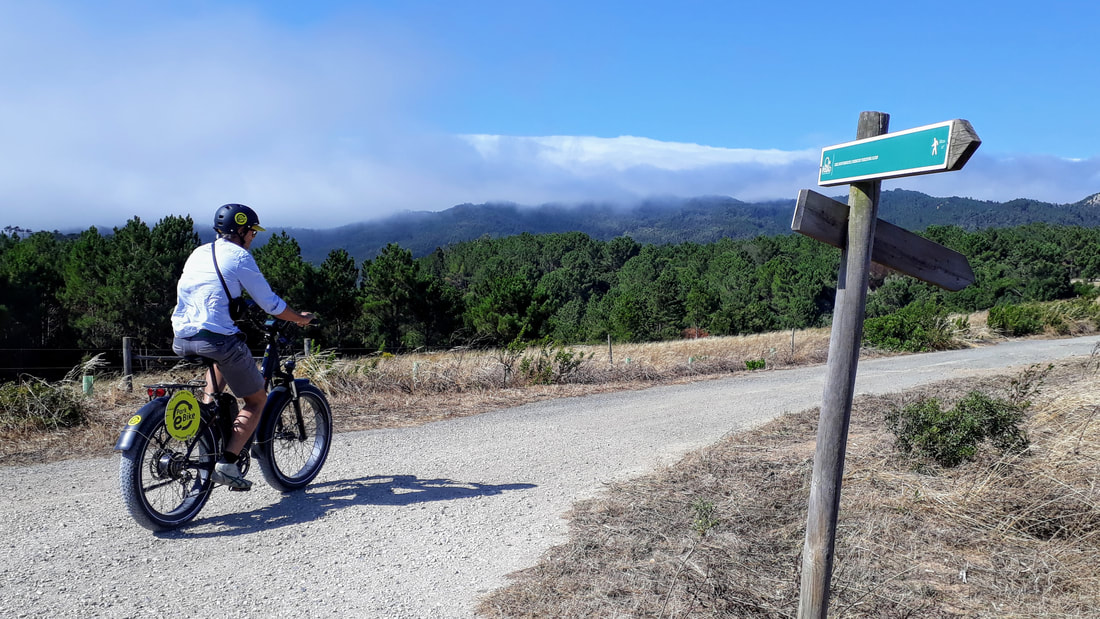
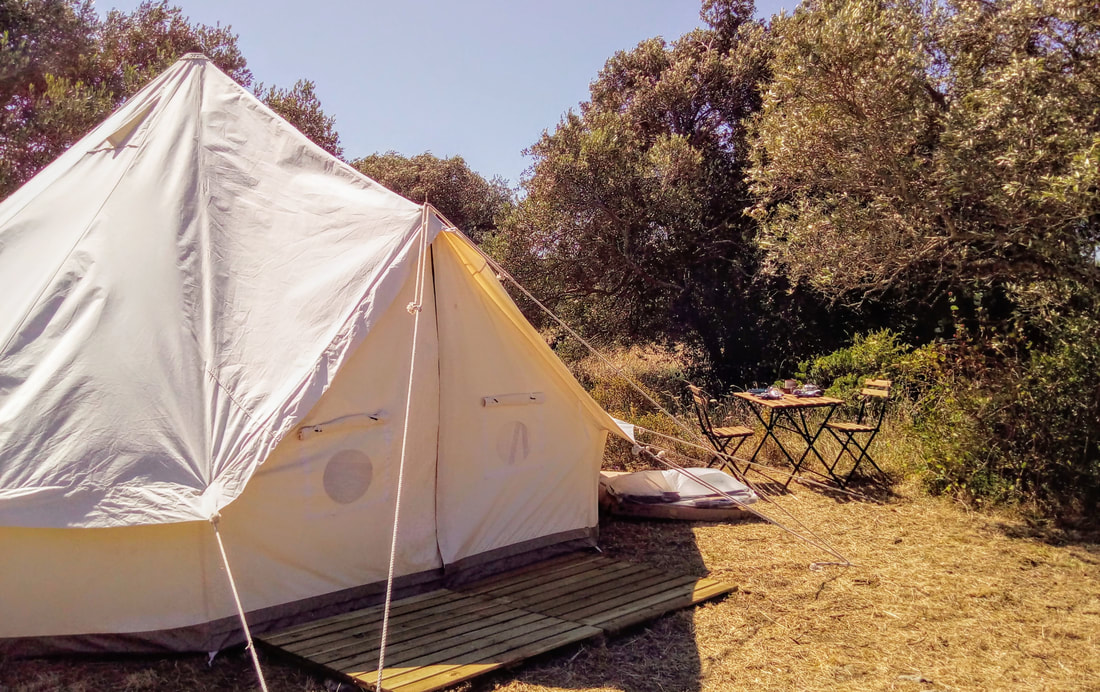
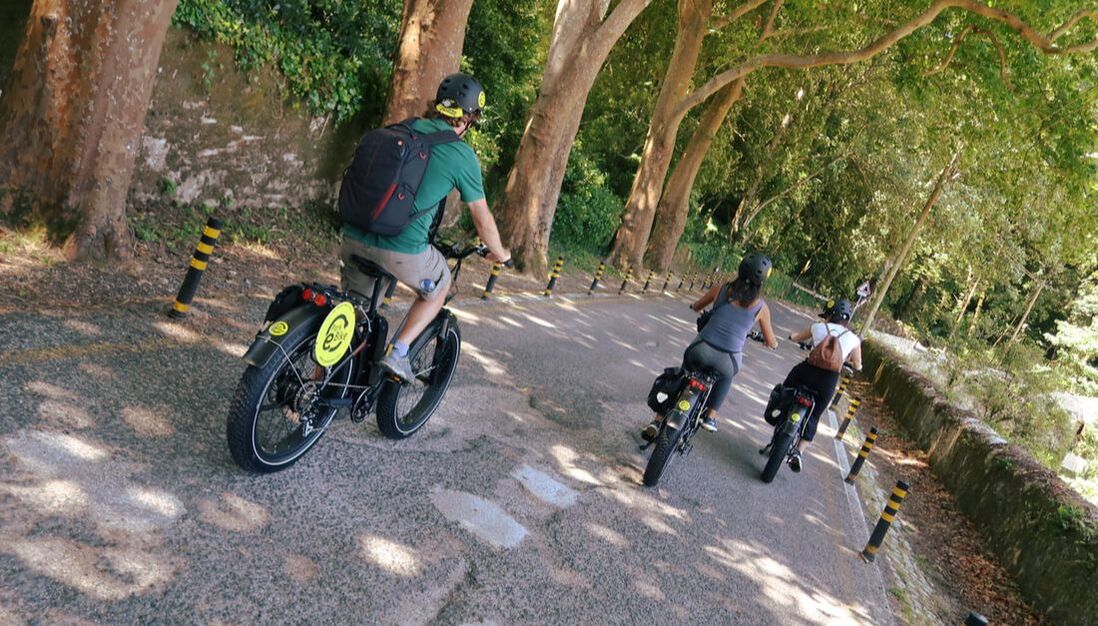
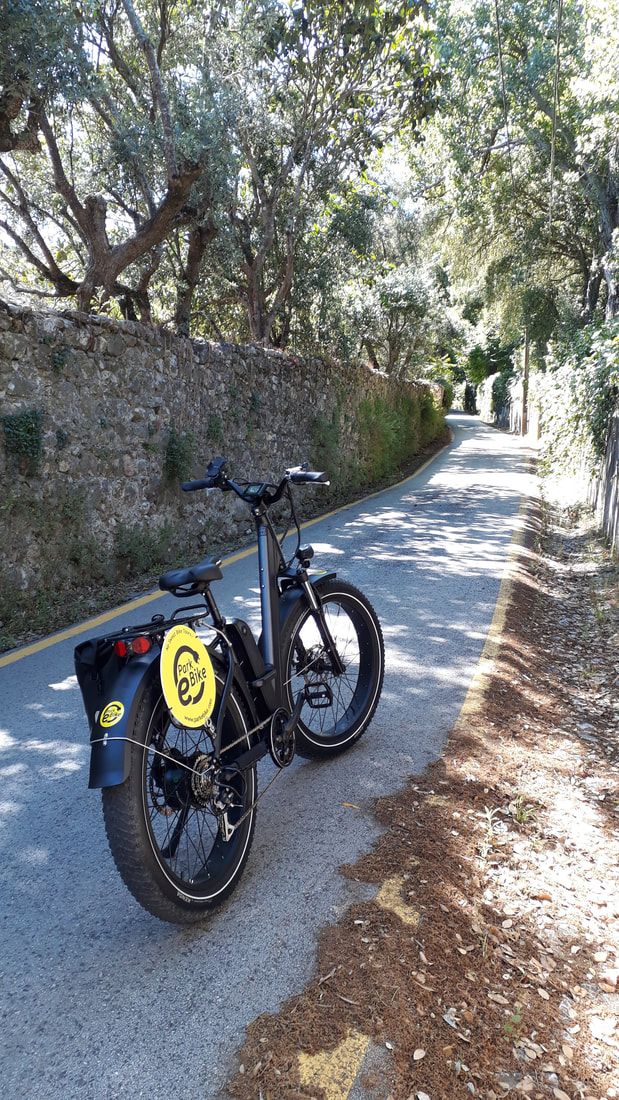
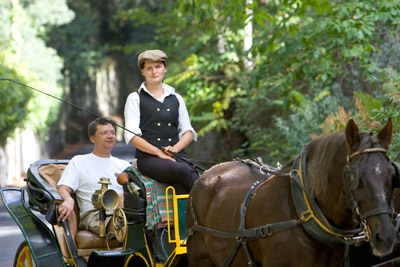
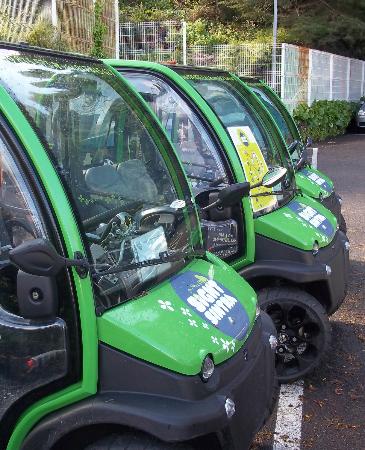
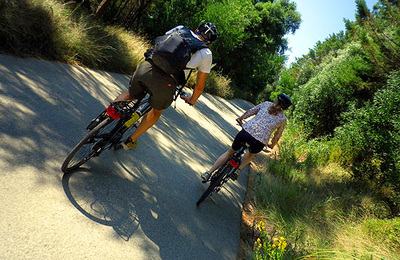
 RSS Feed
RSS Feed



